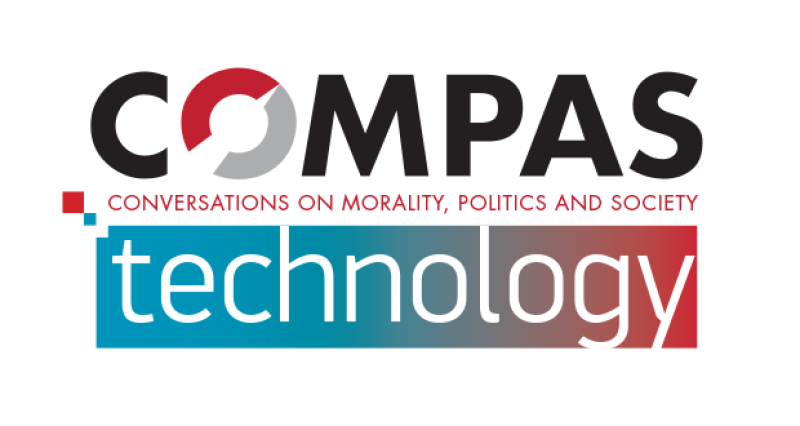
Technology COMPAS Visual Arts Contest
How many times have we heard someone in the tech industry proclaim that their new product is “revolutionary” or “disruptive”? Radical upheaval in the ways we live and communicate is now so frequent that it doesn’t even strike us as unusual. Yet the original iPhone came out only a decade ago, in the same year that Netflix started streaming. Facebook and YouTube came into existence just a few years before that. On the timeline of human history this all happened mere moments ago, and as technology becomes more and more rapidly integrated into our everyday lives, we would do well to take a step back and contemplate exactly what is happening. In keeping with the COMPAS program’s mission of fostering civil and informed discussion of important and controversial issues of public concern, we solicited contributions in the visual arts from a wide range of perspectives on technology.
Below are the winners of the 2018-2019 Technology COMPAS Visual Arts contest. These works were displayed at our COMPAS wrap-up event at STEAM FACTORY on May 10, 2019.
Grand Prize
"Crucifixion" by Jameel Paulin
These twelve wood panels depict images taken from video footage of victims of police brutality laser cut into their surfaces. These panels were then stained with an ebony wood stain and hung at the approximate height and distance of the Stations of the Cross in the nave area of a Catholic church. By using imagery derived from handheld technology and using a machine as the primary physical labor in creating the work, I wanted to make a work that simultaneously associated the experience of execution by police officers with the crucifixion of the Christ-figure while establishing the language of photography vis-as-vis mobile technology within the tradition of religious iconography.
Awards of Excellence
"Disconnected Connection" by Brianna Carroll
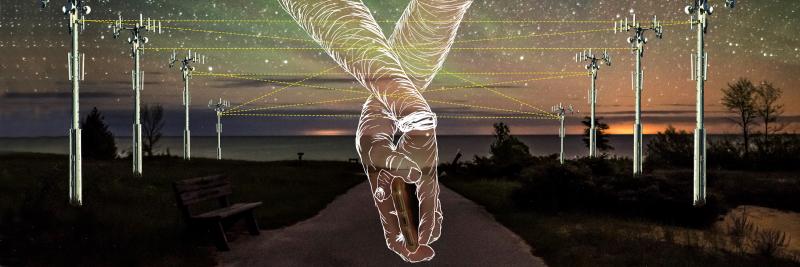
Two hands held over a cell phone in front of romantic sunset. The cell towers lining the path have dotted connecting lines to visualize how they keep people connected. So many relationships rely and possibly wouldn't survive without being able to constantly talk to them on their phone all day. This technology connects us effortlessly, but it also creates a disconnect as it limits the need to communicate in person.
"Kiso" by Andrew Stauft
Kiso is an out of date, self-aware robot that has been abandoned. The viewer plays the role of the first interactor in a long time. This piece seeks to answer the question of the human condition if it were basically neigh-immortal and trapped inside of a box.
"Motor Breath" by Owen Reza
My dependance on engines is one that determines whether i will succeed or fail in life. as a commuter, the car is my lifeline to achieving my dreams. The unsustainable future of fossil fuels foreshadows my presence in this world if I am unable to provide reliable respiration.
"Reliquary of the Personal" by Maxwell Holden
In one of the oldest mediums of art -clay- I explore our connections and routines both in the digital and physically present. In this diegetic piece, I illustrate my previous life in NYC employed as a studio laborer while witnessing the stresses of rapidly unfolding technology and diverse confrontation of a city packed with people. This ceramic container ask questions about the boundaries of place, people, and culture acting as a reliquary of the personal.
Awards of Distinction
"324,029 DEAD/840,000,000 ONLINE" by Mitch Vicieux
Reflecting on the generational loss of queer folx, knowledge, and community to the AIDS crisis, this two-object piece encourages viewers to interact with the past while looking forward to the future. With consideration to the internet boom of the 1990's which allowed LGBTQ+ individuals across the globe to communicate, this piece rejoices in the queer acceptance activist groups have gained since the 1980's, while remembering the loss of those who were core to the queer liberation movement.
"2018 At-A-Glance" by Paulie
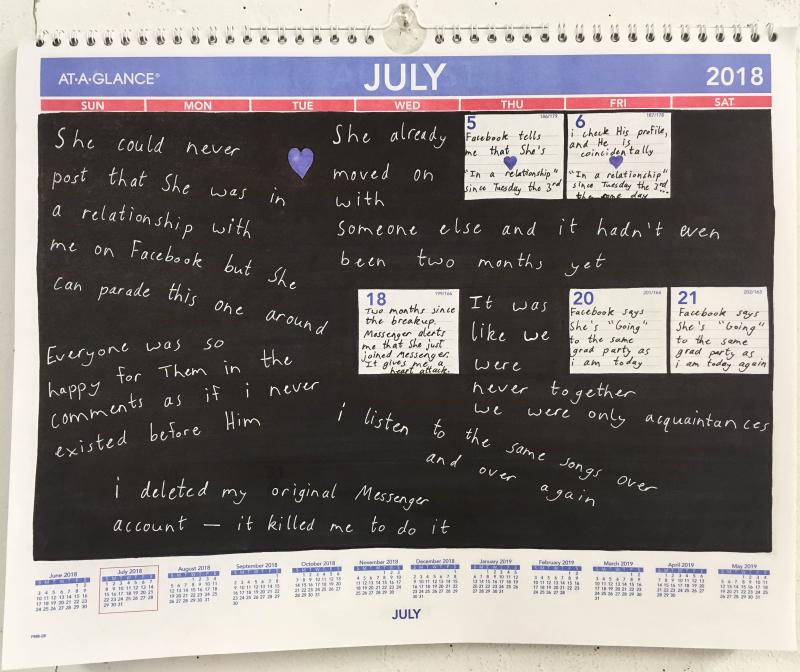
My work is a calendar with blacked out months with the exception of a few days that mark significant happenings. White writing is scrawled over the blacked out portions, echoing the thoughts that travel across my mind between these events. I find that the information my phone screen imparts onto me has become more important than real life events that should mark my calendar. There is an increasing disparity between reality and the virtual reality my phone creates. Technology does wonders, yet I feel a disconnection from the world and the people in my life if I’m talking to them through a screen. I begin to wonder what is real, how others feel, and what they mean to say. Things that I should have experienced first hand become an illusion displayed through typed words sent by one finger pressing a button. It is messing with my head, and I cannot help but wonder who else feels this effect.
"This Was A House" by Mona Gazala
This projection art is footage taken on the site of an illegally-demolished Palestinian home, with an actual piece of brick from the rubble placed in front of the projection. Through social media, I was able to collaborate with a group of artists to not only receive this video footage, but to have the piece of the rubble sent to me. This is one in a series of artworks calling for a halt to the sale of heavy equipment being used to demolish Palestinian homes and displace families. Without the advent of free or almost-free social media apps and cell phone technology, the story of this humanitarian crisis would remain largely untold.
"Public Privacy Hotline (Columbus)" by Emily Greenberg
Public Privacy Hotline informs listeners about how surveillance impacts their daily lives, reclaiming the telephone as a site of communication and information. Mimicking the very surveillance technologies it critiques, the phone uses a motion sensor to “ring” at passersby and begins “dialing” as soon as the receiver is lifted.
Part of an earlier series of work begun in the wake of Edward Snowden's 2013 disclosures about the NSA, this Columbus-specific iteration of Public Privacy Hotline will include references to Columbus landmarks and geography as well as updated sound clips drawing from more recent revelations about how tech companies harvest user data and threaten our democracy. Previous iterations of the work have included site-specific versions in Somerville, MA and Brooklyn, NY.
"To Preserve" by Wendy Liu
"To Preserve" discusses the human desire to maintain beauty and memory through technology; this piece specifically addresses the use of photography related to the pressing of flowers in order to tie together the way both technology and physical alterations serve to preserve memories and enhance instances in the perfect moment.
Previous COMPAS Visual Art Contests
Beginning with the second COMPAS program on the relationship between the public and the private, the Center for Ethics and Human Values has held a Photo Contest in conjunction with each of its COMPAS programs. In 2016, as part of our program on Inequality, we added an Art Contest as well. For the 2017-2018 program on Religion, we merged the two, offering an annual visual arts contest in the fall. We hope that in the future, we will be able to offer a Performing Arts contest each spring.
2017-2018 Religion COMPAS Visual Art Contest
Community
Grand Prize
Lauren Pond, “A Less Lonely Road” & “Your Voice Matters”
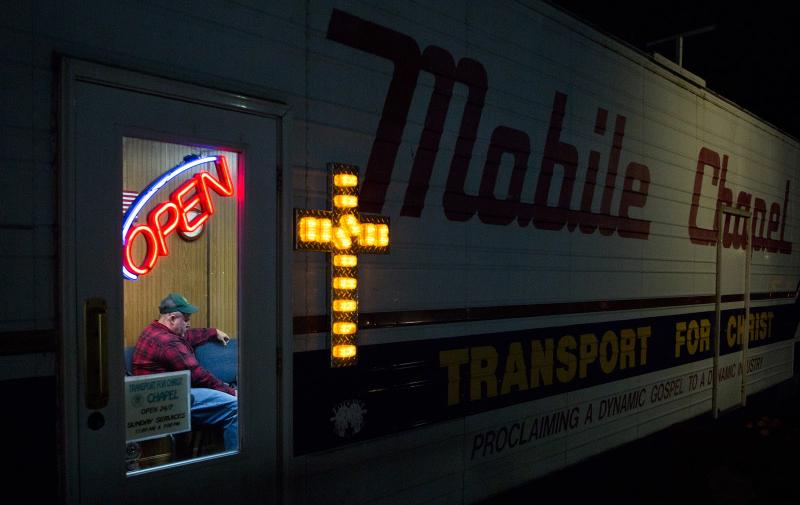
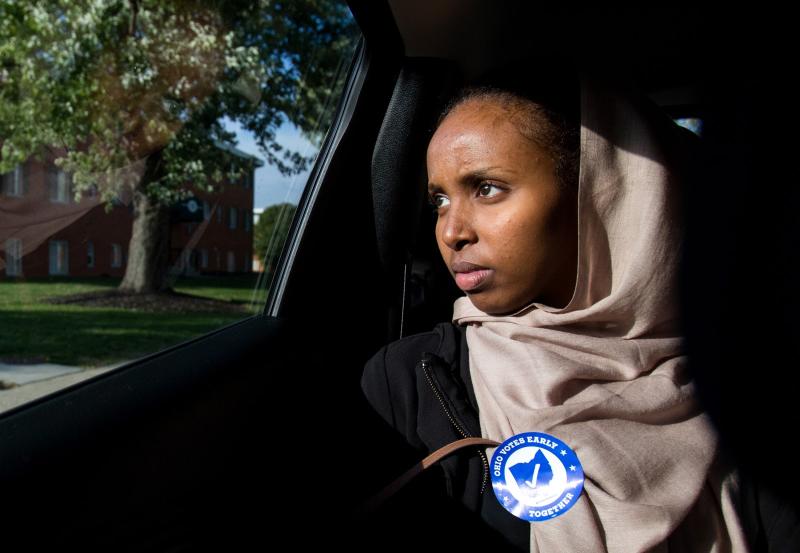
Award of Excellence
Jordan Reynolds, “#ThoughtsandPrayers”
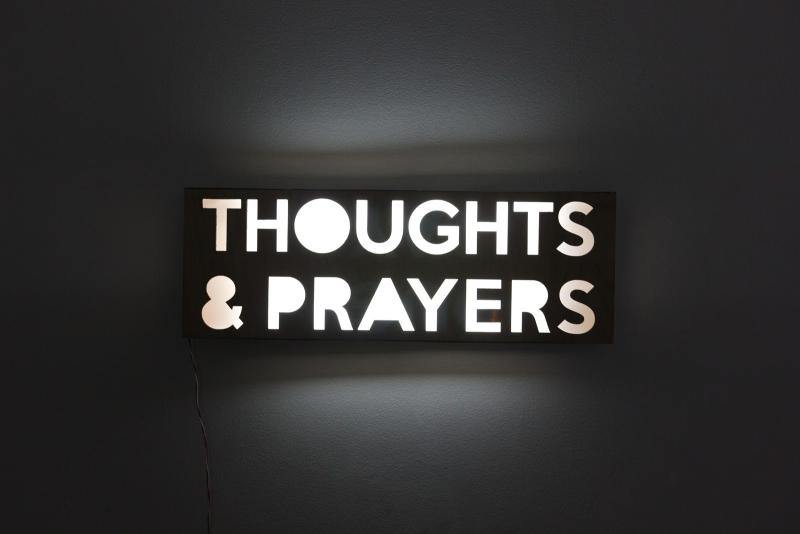
Often in the wake of a tragedy, the public uses the phrase #ThoughtsandPrayers to recognize and reconcile the tragedy, resulting in what can be considered a blanket statement in contemporary culture. #ThoughtsandPrayers is a dynamic interactive artwork that navigates our connection and public recognition of religion in the digital age. This is an interactive work that responds to the tweets the include the phrase “#ThoughtsandPrayers.” Everytime the viewer or someone online posts a tweet with the hashtag, the sign/artwork immediately illuminates just long enough for the viewer to read, reflecting the transient nature of the tweet.
Award of Distinction
Brian Zima, Untitled

This painting follows visits to several museums. It is about how art has illustrated spiritual beliefs, beliefs that we humans often cling to for comfort and strength in a chaotic world. For my depiction of chaos I line-drew the folds in a crumpled piece of paper. Using these random lines as a rough limit, I let appear images of ancient cave paintings and then images of Western Christian belief. I bounded the painting with symbols of science, symbols that have helped explain the chaos, but that also say (e.g., Heisenberg Uncertainty Principles) there is a limit to what we can observe, what we can know. Some chaos will remain. Room for wonder. Room for belief. Hopefully without intolerant orthodoxy.
Students
Grand Prize
Shea Ramsey, “Communion”
Awards of Excellence
Fan Su, “Filter”
Benedict Scheuer, "How to Confess" & "Practice"
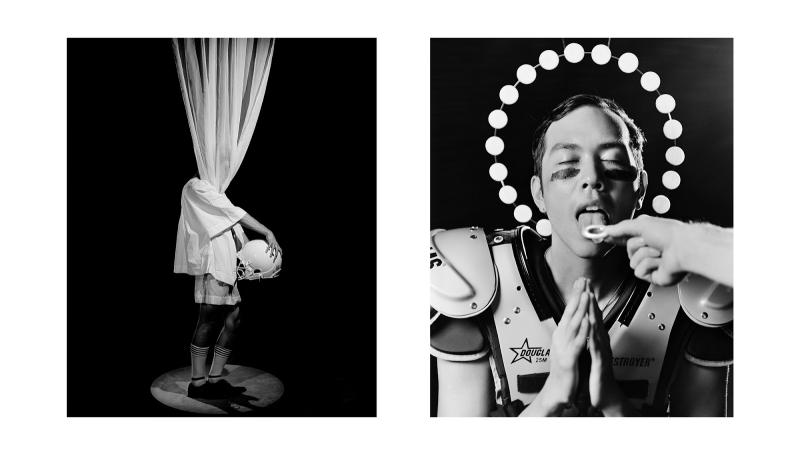
Catholicism and Athletics similarly demand displays of heteronormative masculinity while neglecting to acknowledge the irony that both traditions are prominent in their display and suppression of homoeroticism. Acknowledging this phenomenon as paralleled between these distinct institutions, these self-portraits merge symbolism from each entity, thus visualizing the artist’s personal experience as a gay man raised within these worlds. Performing as individual reflections, the images reveal the straight hypocrisy while simultaneously posturing these institutions as less distinct than what may be initially perceived.
Awards of Distinction
Sarthak Shah, "Clarity in Faith"
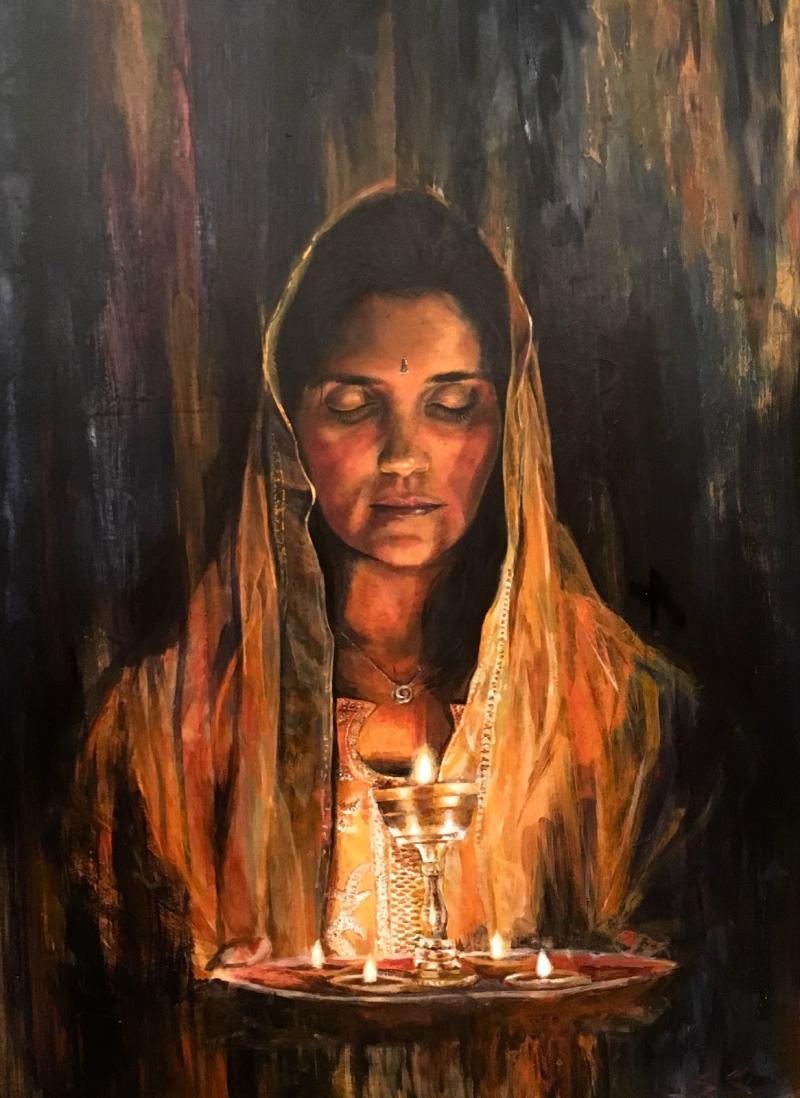
This piece is a depiction of not only the clarity that faith and spirituality offers in life amidst the surrounding haze, but also the strong unity between various world faiths. Instead of having religion specific symbols, there are common physical and metaphysical themes between all religions displayed such as those of the flame, the circular path of the soul (seen on the necklace), prayer, introspection, concentration and many others. This piece shows the unification of spirituality and its strength in helping us to find the true meaning, purpose, and direction of our lives.
Amanda Miller, “Mask"
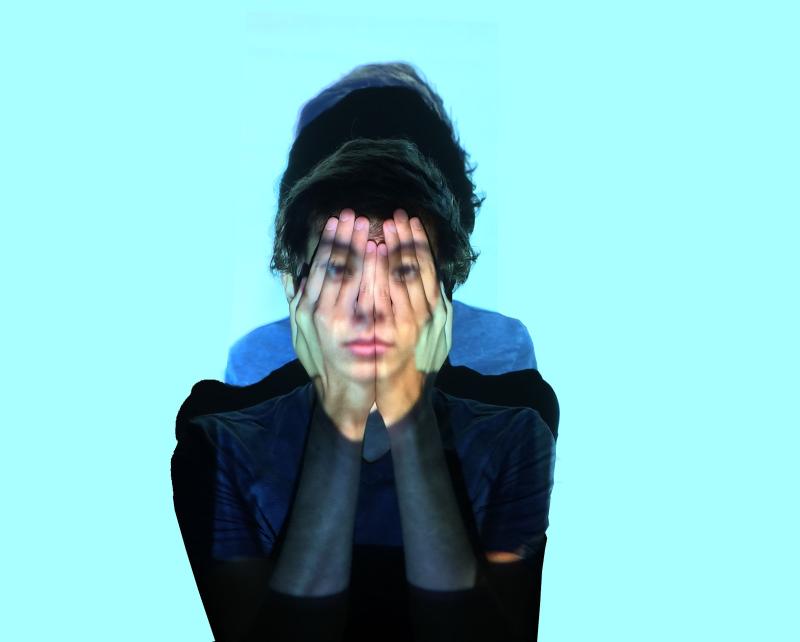
More often than not, members of minority religions, especially in the United States, have to dial back their beliefs for the public eye. While major religions wave their beliefs high and proud without the need for masks. As a result, this causes an invisible barrier to rise between minority religions and the public community. Not to mention, individuals often grow to be embarrassed of their cultural ties to their religion after having to practice their religion in a subdued environment for generations. Hence, the need for masks, both emotional and physical, rises again as the members of minority religions attempt to hide connections between their religion and themselves.
Avery McGrail, “Prayer Circle"
This work is based on my personal experience of being the only secular kid in a prayer circle of my very Christian peers. I wanted to show that being a secular person in a society that highly values religion from a young age can be very isolating, but it doesn’t have to be divisive. Those of us who chose to believe in hard evidence over faith can appreciate the beauty science has to offer in a similar way to the beauty of spiritual connection. We can find equality from accepting our common affinity for how humans came to exist. A gathering of children and abstract religious motifs are used to highlight the innocence and optimism of this ideation.
Delaney Brochowski, “Unrealized”
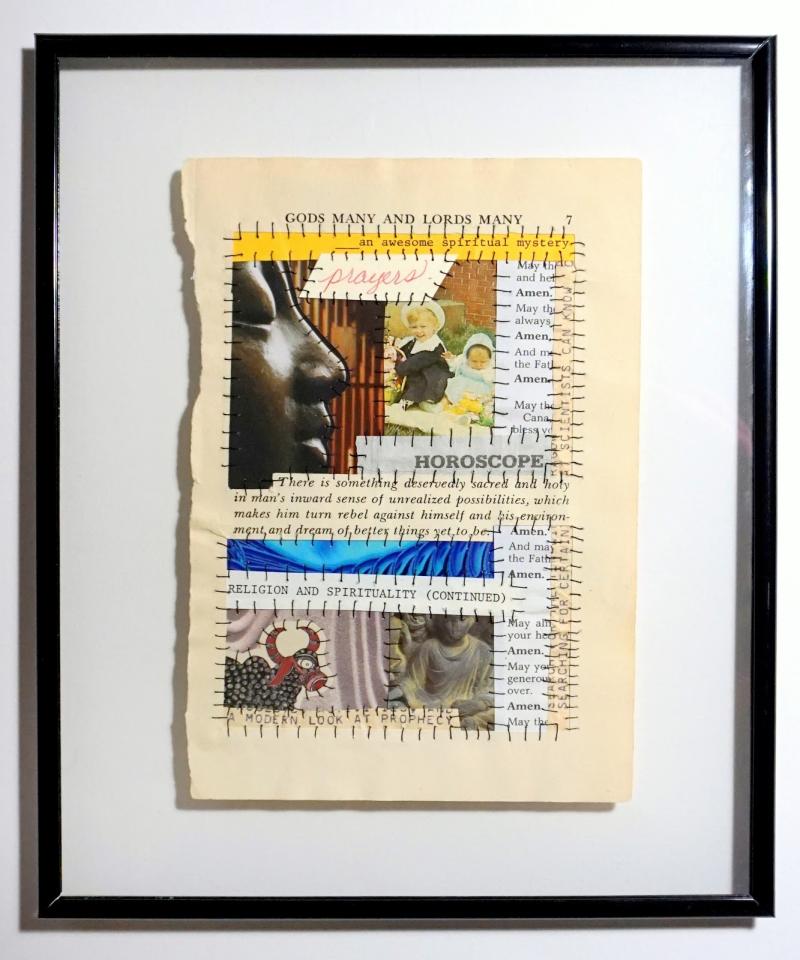
Materials from found books, newspapers, letters, etc. allowed me to explore various spiritual and religious possibilities through contemplative repetitive action in this small work. The act of restructuring these materials and sewing them together emphasizes the idea that pluralism is possible between different beliefs and religions. This study stems from my personal experience of agnostic realization. I believe it is possible for differing belief systems to coexist in harmony and balance.
When many people think about inequality, they think of economic inequality—inequality in wealth and income. However, it is important to also examine the causes, significance, and effects of political, legal, and health inequality, the relationships between these forms of inequality, and their connections with race, gender, ethnicity, religion, and LGBTQ status. These different dimensions of inequality can often be difficult to connect with, especially when we do not experience them firsthand. A photograph can change this. A photograph can force us to confront the inequalities that we often overlook, providing the knowledge and motivation needed to foster change. In addition to their general aesthetic merit, submissions will be judged on the ways in which the photographs explore issues related to the COMPAS theme.
Grand Prize
Avery McGrail, ”This is not normal”


This is a handmade accordion book made in light of the recent 2016 election. I took inspiration from a special that comedian John Oliver did prior to the election on This Week Tonight, and the internet movement to speak out against the "#notnormal" behavior of president-elect Donald Trump. I want to try and urge people not to stay quiet during these next four years and instead continue to fight for equality.
Awards of Excellence
Virgil Clark, "Wealth Redistribution"


Vincent Cohen, "Where The Head Lies"


Merle Vaessin, "Income Altitudes"


A 3d topographical map of central Ohio, with the altitudes of the different census areas raised and lowered to match the average household income for that area. Wood of frame made from old grown pine, from a house owned by the Marion family, who helped build the economy in the state of Ohio.
Awards of Distinction
Carmen Allen, "The Scales of 'Justice'"

A mobile made of chains and wire supporting various pods that represent the inequality of incarceration amongst various races.
Julia Barrett, "Anxiety Attack #2"

Maggie Barrie, "The Black Mother"

Sarah Bowe, "Society in Time"

Elizabeth Dang, "Water is Life"

The North Dakota Access Pipeline has been a very controversial and unconstitutional event where history repeats itself in its wrongful treatment of Native Americans and peaceful protestors. Water cannons and tear gas were a few weapons that were used. Peacocks symbolize dignity and beauty and a headdress is used instead of the feathers.
AdaObinna Ijomah, "Inabata"

Lexis Vanhecke, "1 in 3"

This is a digitally altered drawing of mine which represents the outrageous fact that 1 in 3 African American males will go to jail at least once in their lifetime.
2016-17 Inequality COMPAS Photo Contest Winners
Undergraduate/Graduate Students
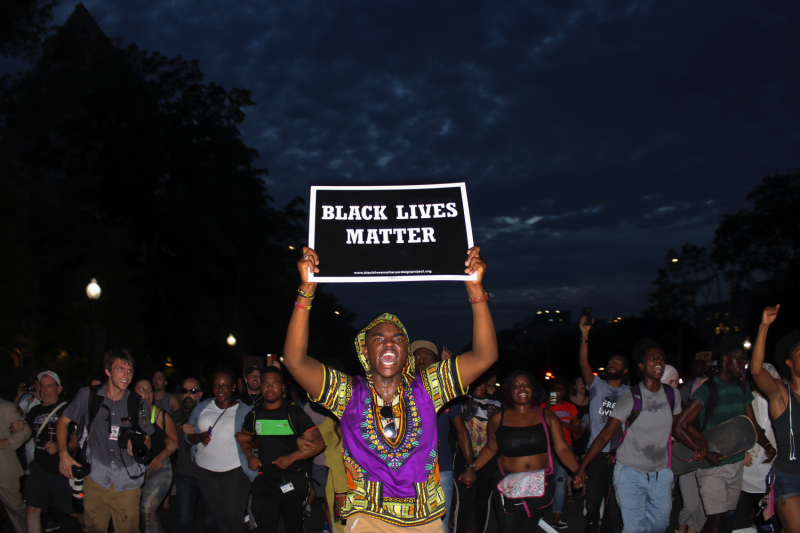
1st Place: Ingrid Raphael, "The March to the Capitol"
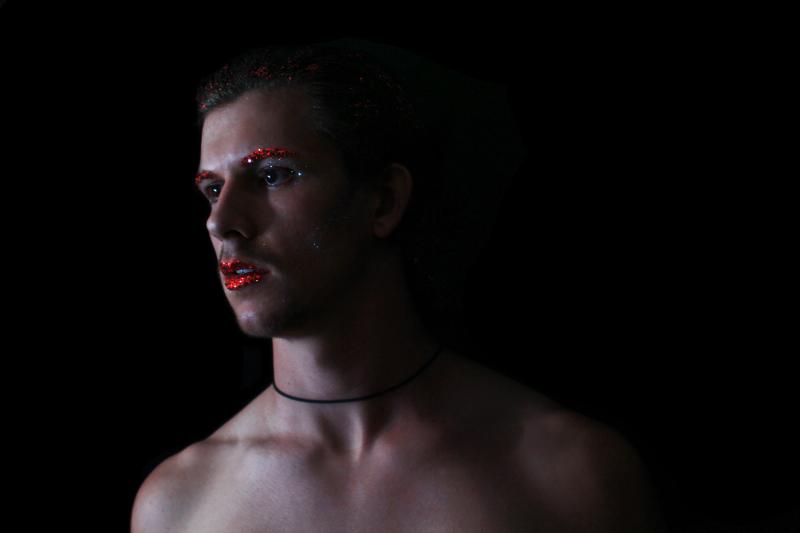
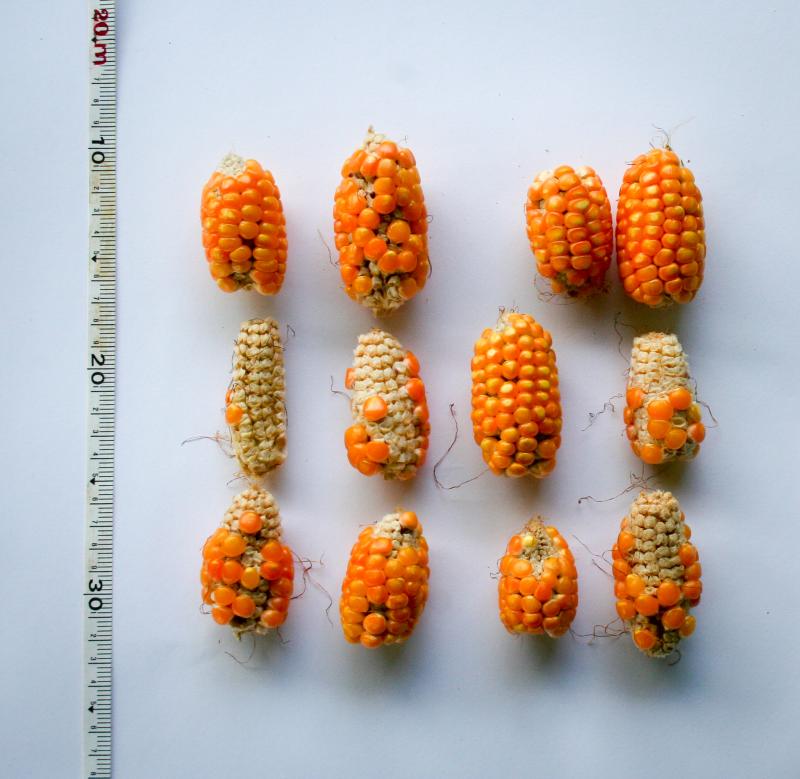
3rd Place: Nall Moonilall, "Low Yielding Maize"
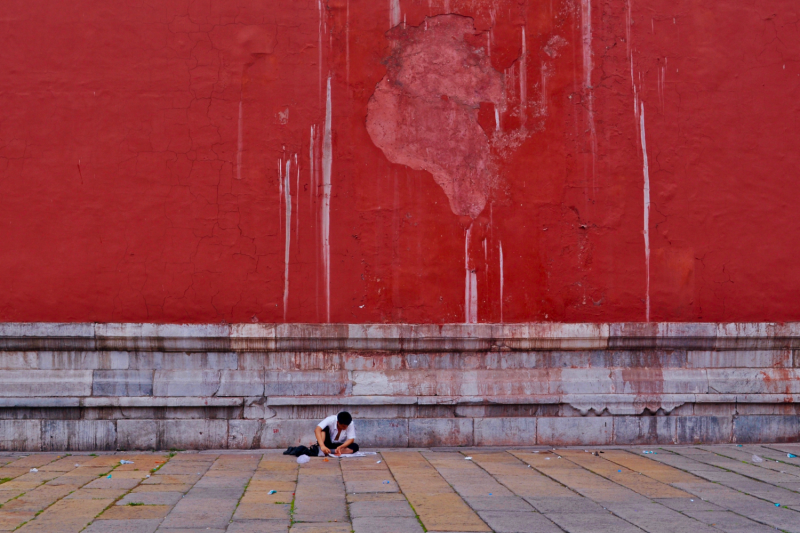
Honorable Mention: Chris Baggott, "Outside the Walls"
Alumni/Community
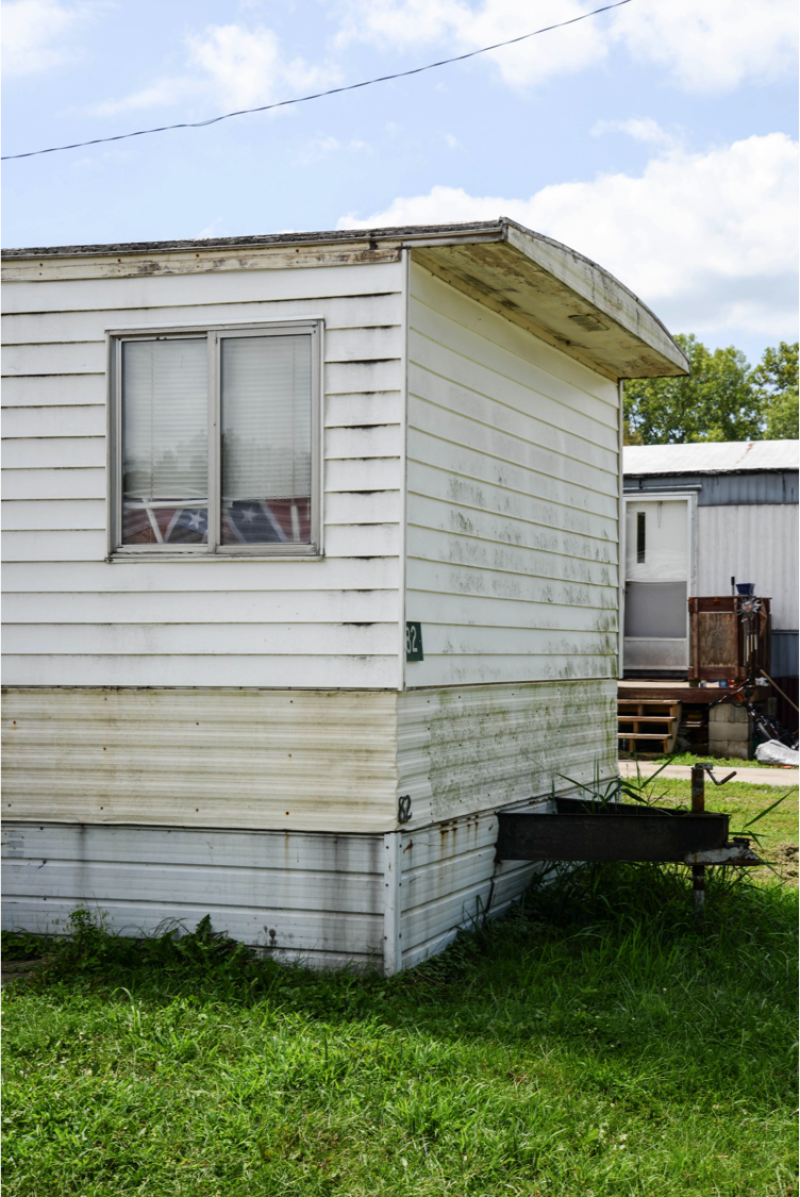
1st Place: Julie Rae Powers, "Cultural* Decor"

2nd Place: Adam Brown, "Silence"
Faculty/Staff
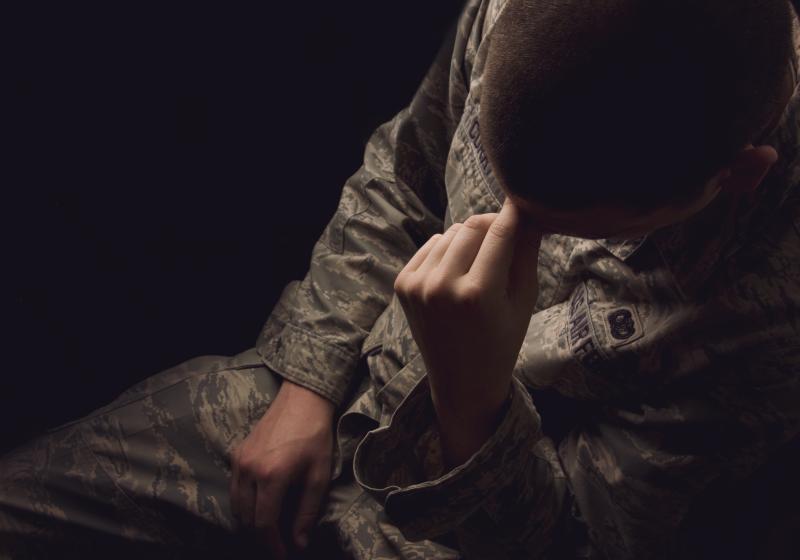
Co-1st Place: Holly Curry, "Twenty-One"
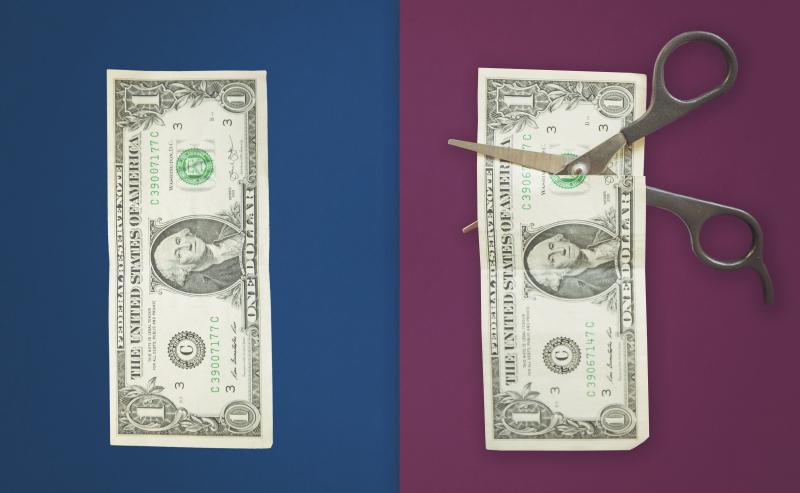
Co-1st Place: Holly Curry, "80 Cents on the Dollar"
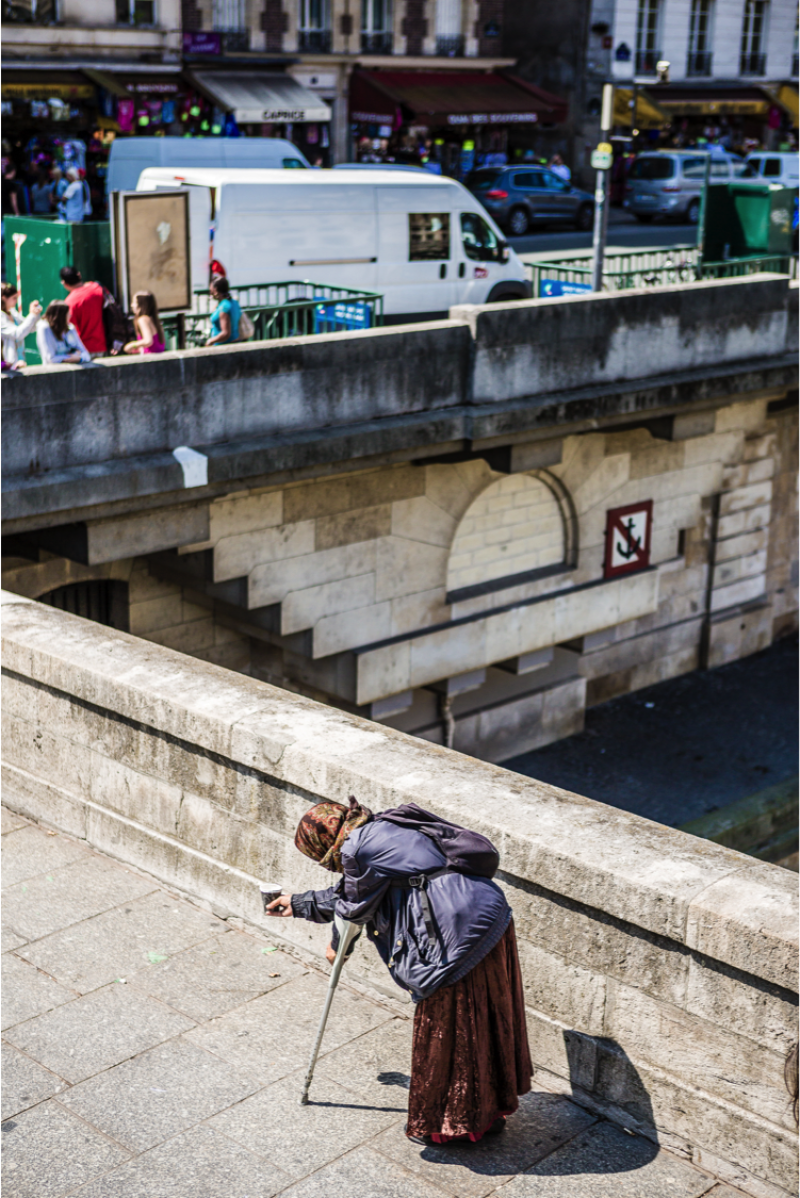
2nd Place: Jason Joseph, "Separation"
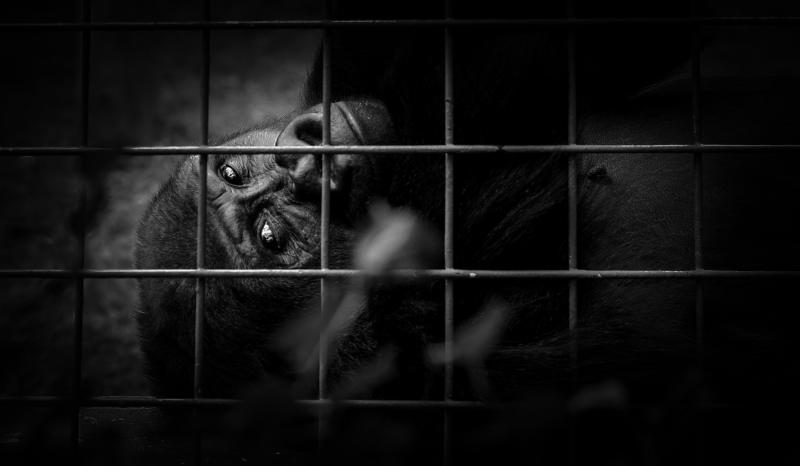
3rd Place: Yu Tsumura, "In a Cage"
2015-16 Sustainability COMPAS Photo Contest Winners
Perhaps the greatest cultural, economic, and technological challenge facing modern democracies and global development groups is how to respond to the depletion of natural resources and the effects of climate change. The health of the planet as well as the future shape of human society is at stake, and a photograph can tell these compelling stories like no other medium. A photograph can show us the wonders of our planet that are at stake. A photograph can show us the harsh realities we face as those wonders begin to disappear. Perhaps most importantly, a photograph can show us what we have accomplished and explore solutions to the challenges facing us. In addition to their general aesthetic merit, submissions were judged on the ways in which the photographs explore issues related to the COMPAS theme.
Faculty/Staff:
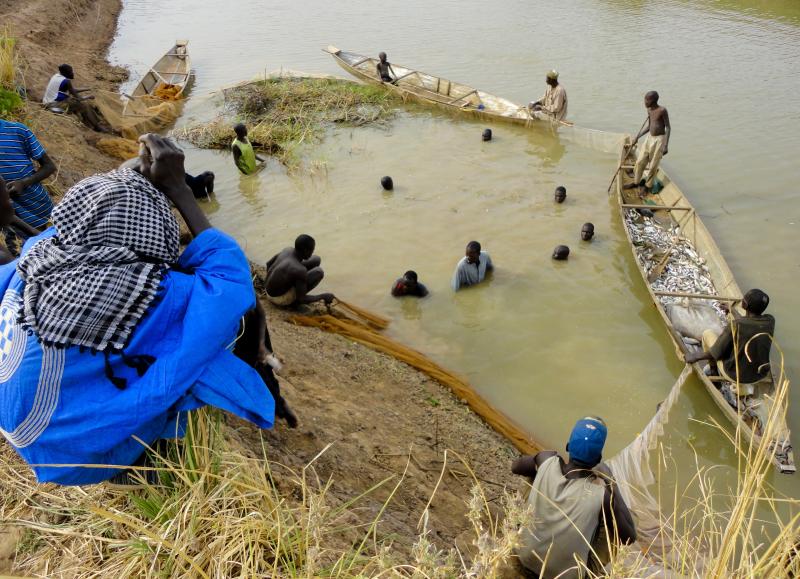

2nd Place: Danae Wolfe, "Scarred Earth"
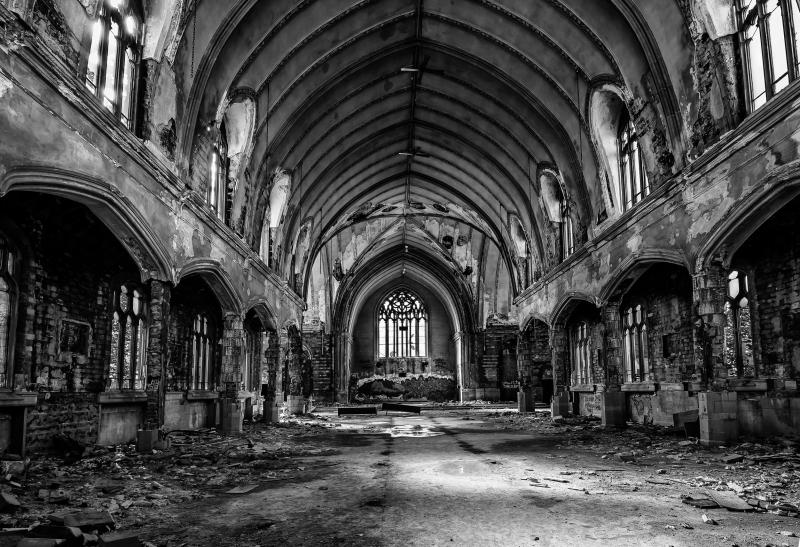
Alumni/Community:
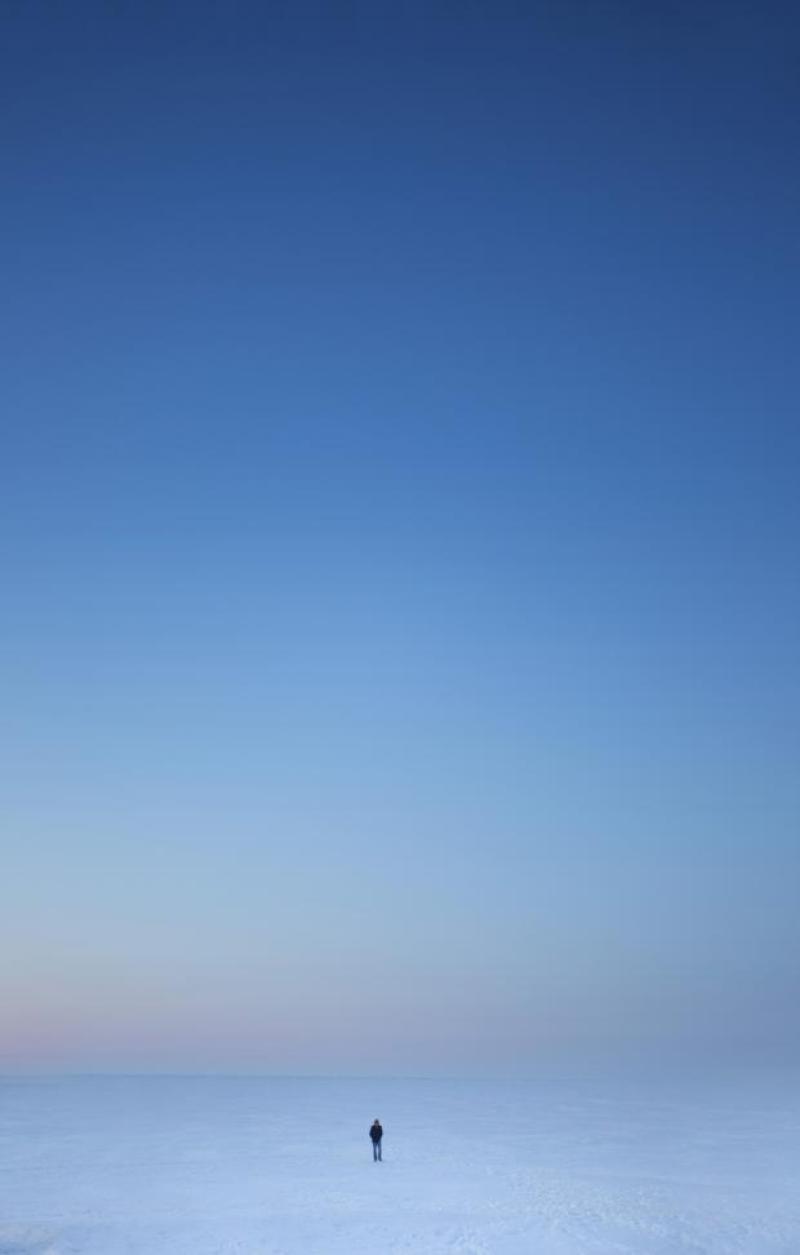
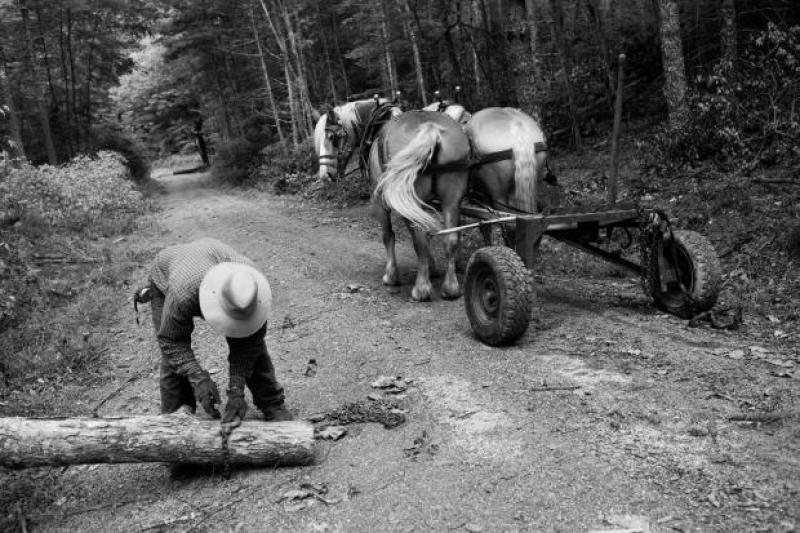
2nd Place: Pradeep Edussuriya, "Horse logger, New River Valley, Virginia"
Undergraduate/Graduate Students:
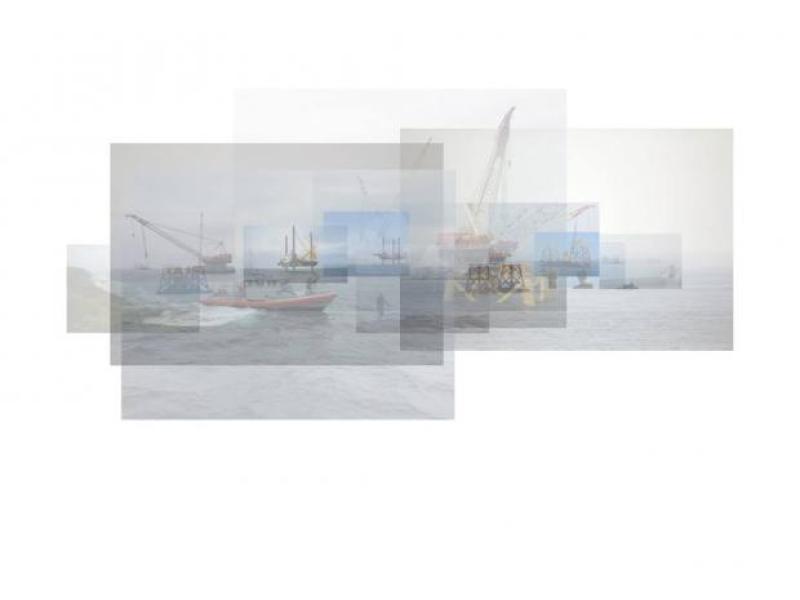
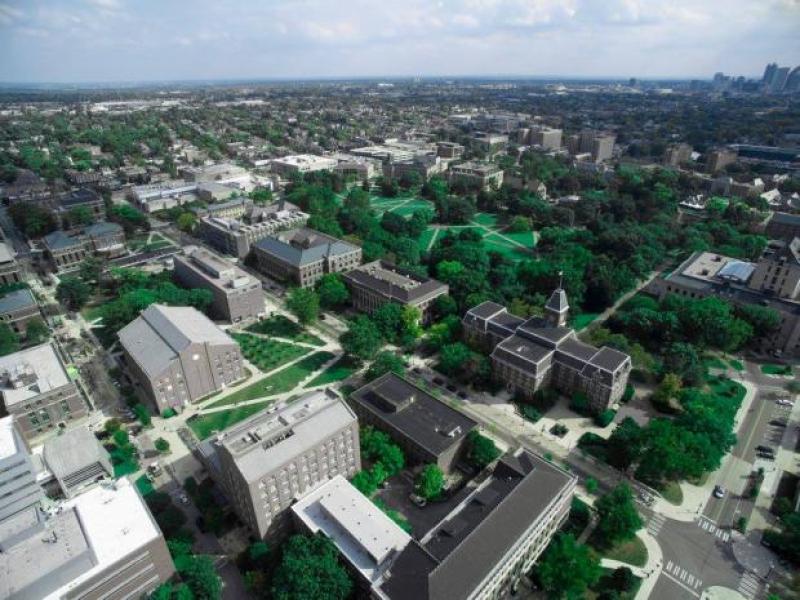
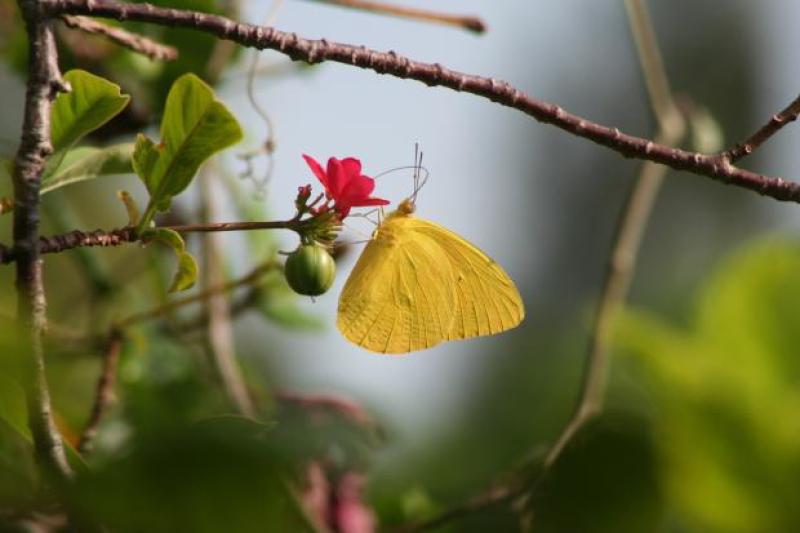
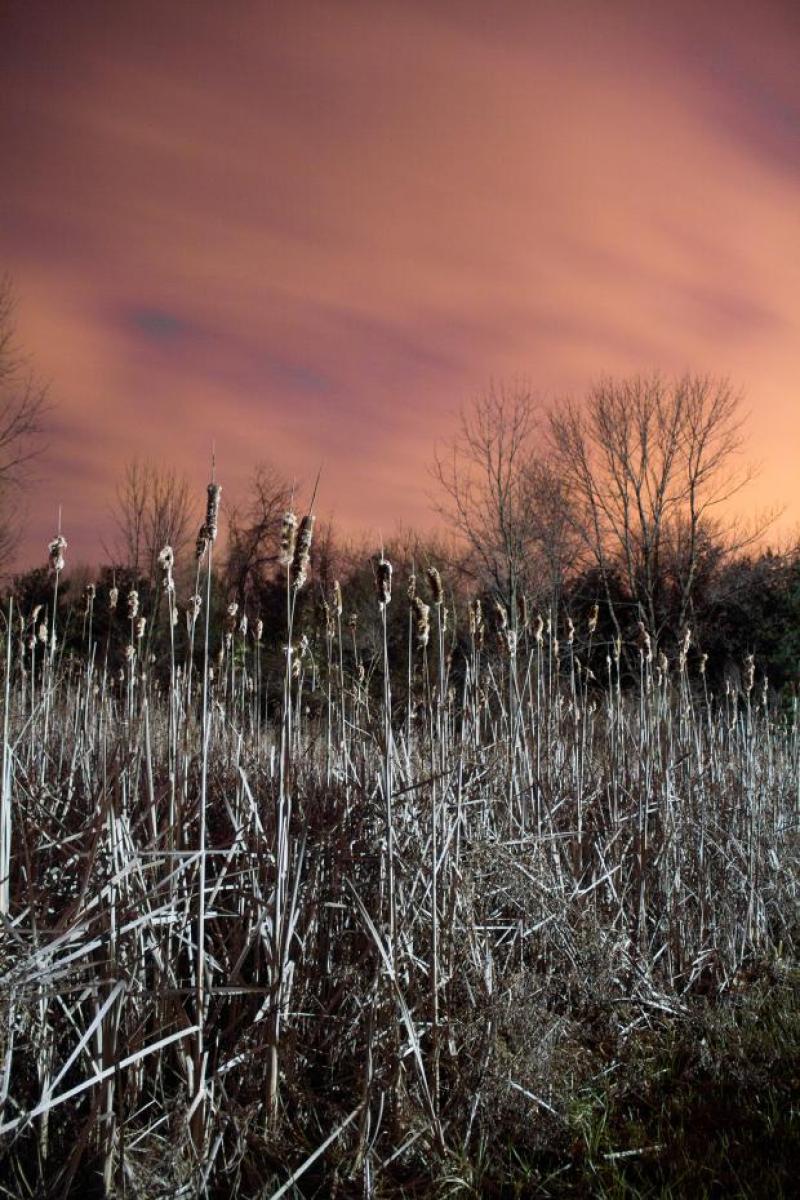
2013-14 Public/Private COMPAS Photo Contest Winners
While photography can be a private art form, traditions of photojournalism and photography as public art illustrate its relevance for public matters. The two come together when, for example, per-sonal grief in the face of tragedy ends up on the front pages of newspapers. In addition to their aesthetic merit, submissions were judged on the ways in which they illuminate the themes of personal privacy and publicity, public and private in the political and economic senses, and how they interact.
Faculty/Staff:
1st Place: Evan Dawson, "I thought it was a man asleep,
it was a tent rolled up in itself."
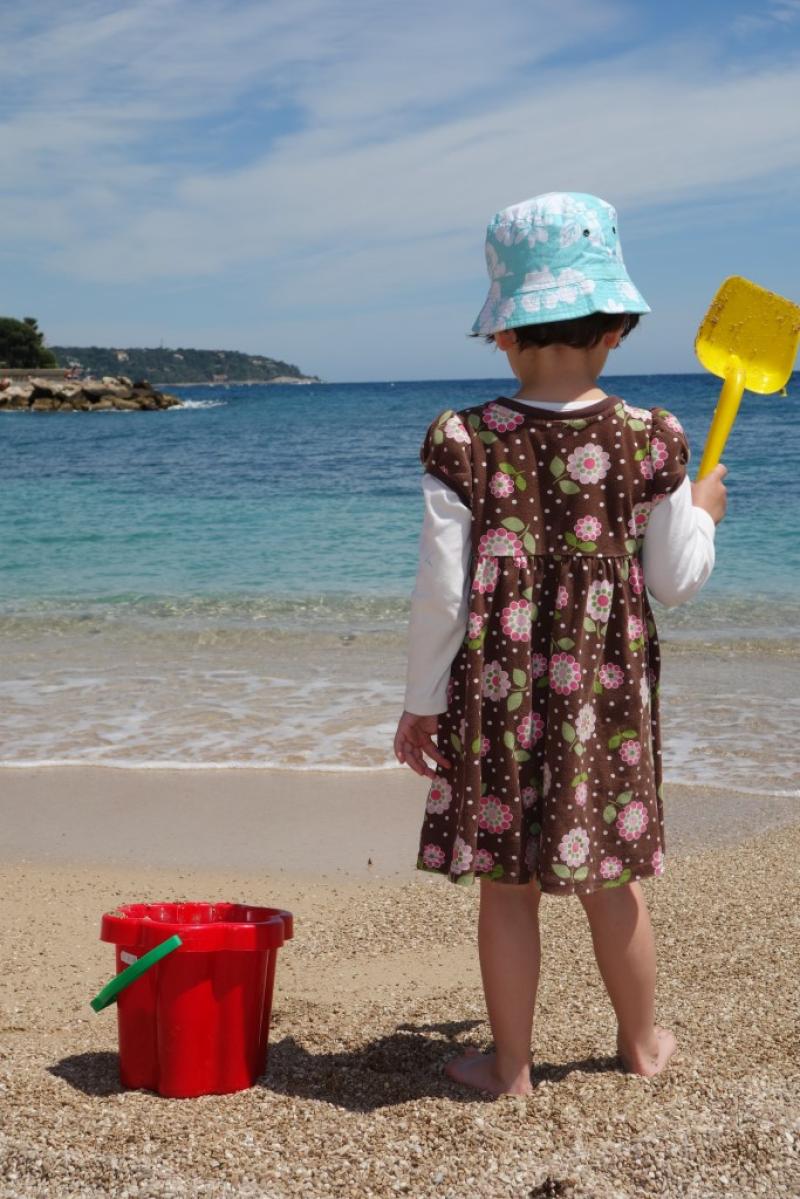
2nd Place: Andrea Grottoli, "Enfant a la plage"
3rd Place: Kaethe Sandman, "Pawprints"
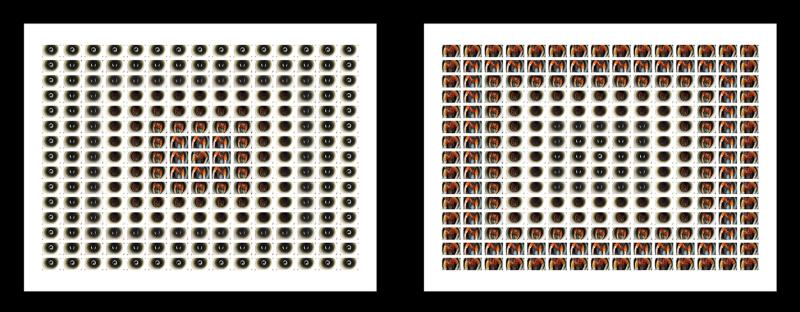
Honorable Mention: Robert Ladislas Derr, "Advance and Recede"
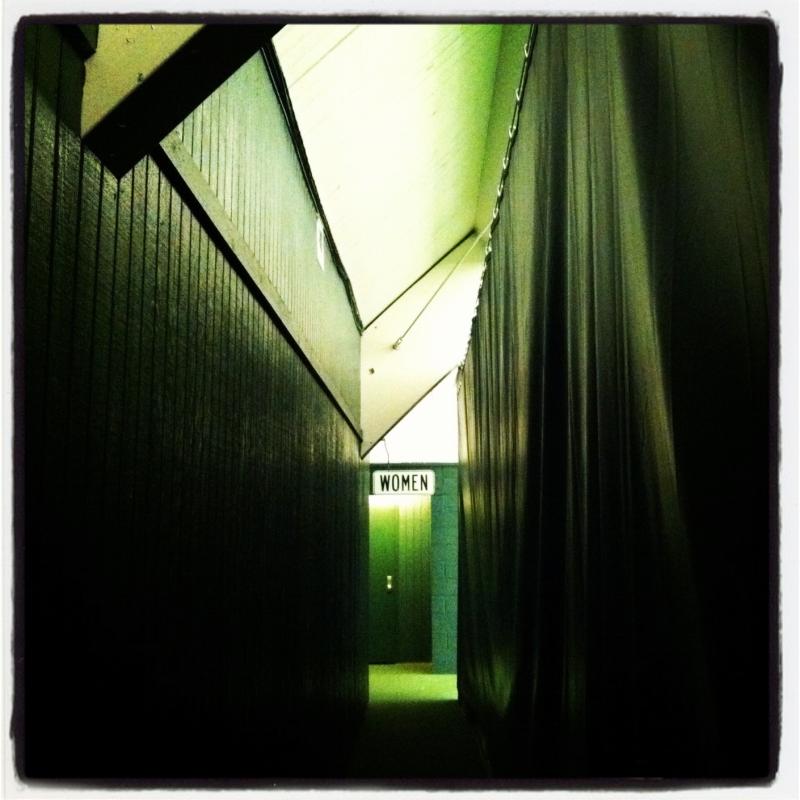
Honorable Mention: Lisa Downing, "WOMEN"
Honorable Mention: Evan Dawson, "Restoration Work"
Alumni/Community:
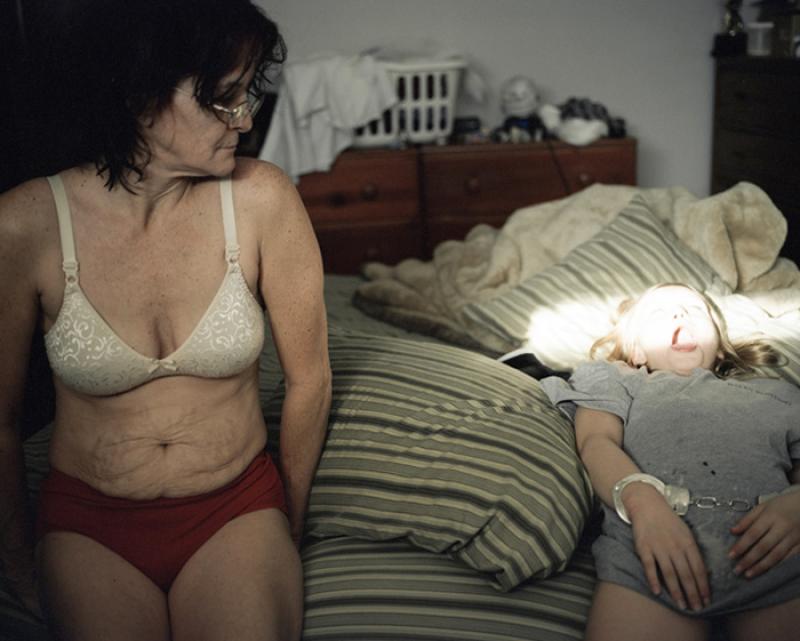
1st Place: Amy Powell, "Cuffs"
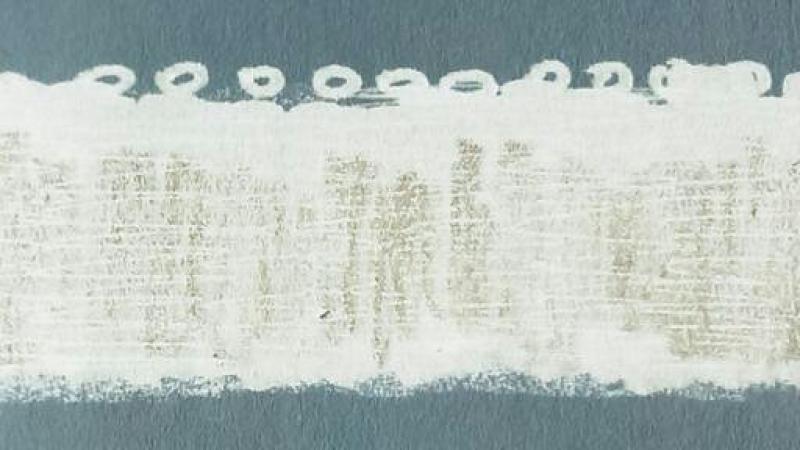
2nd Place: Theodore Zanardelli, "vision, mudslide, shadow, clump (no. 3)"
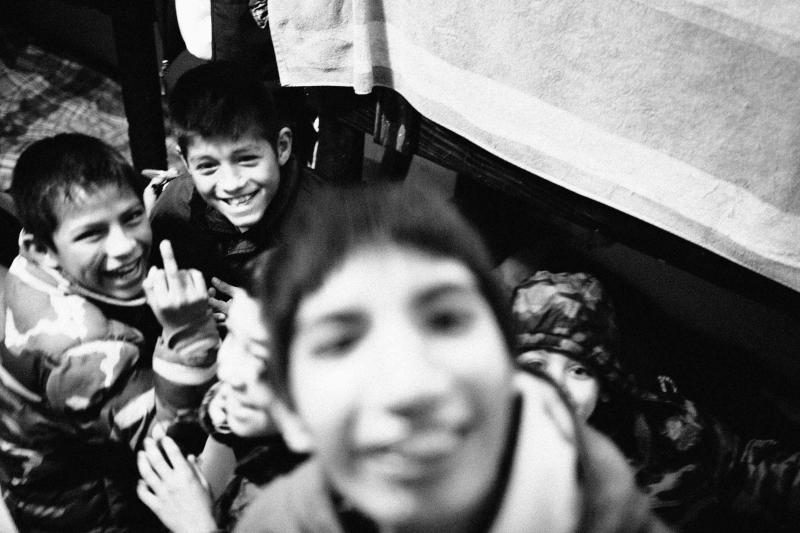
3rd Place: David Wai, "Kids will be Kids"
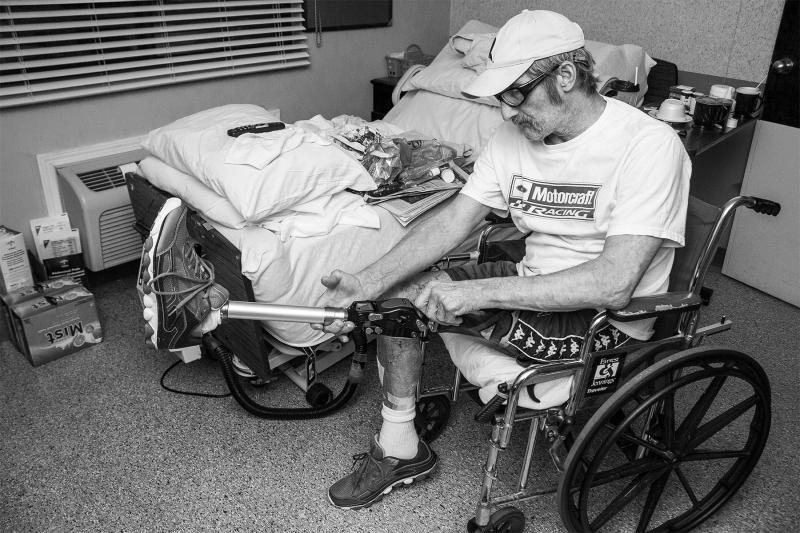
Honorable Mention: Parker Dudzik, "Road to Recovery"
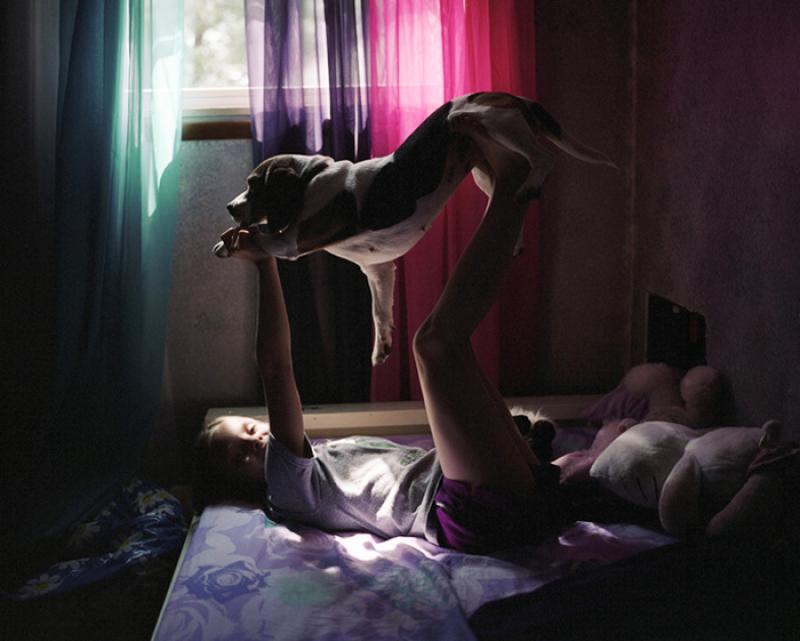
Honorable Mention: Amy Powell, "Airplane Dog"
Undergraduate/Graduate Students:
1st Place: Kaylin Chen, "Streets of Manila"
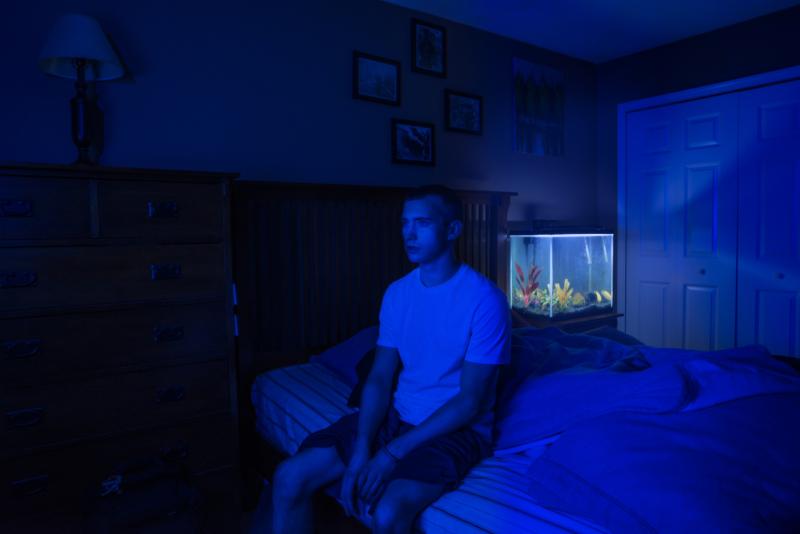
2nd Place: Corey Reeb, "We are the Media"
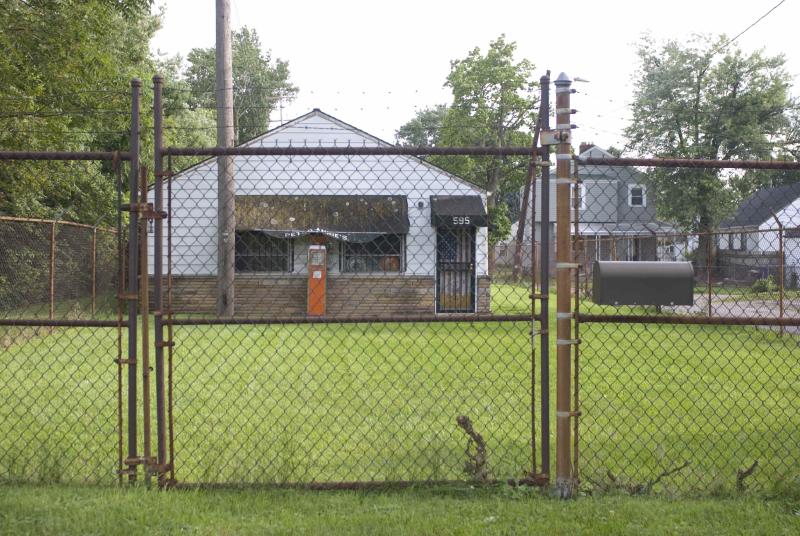
3rd Place: Thomas Wright, "Leave a Letter"
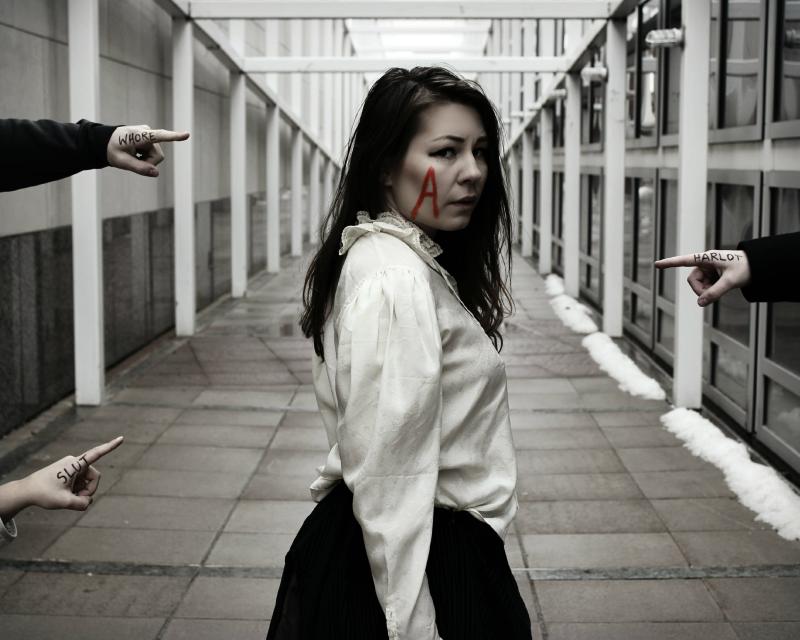
Honorable Mention: Michelle Goodwin, "The Scarlet Letter"
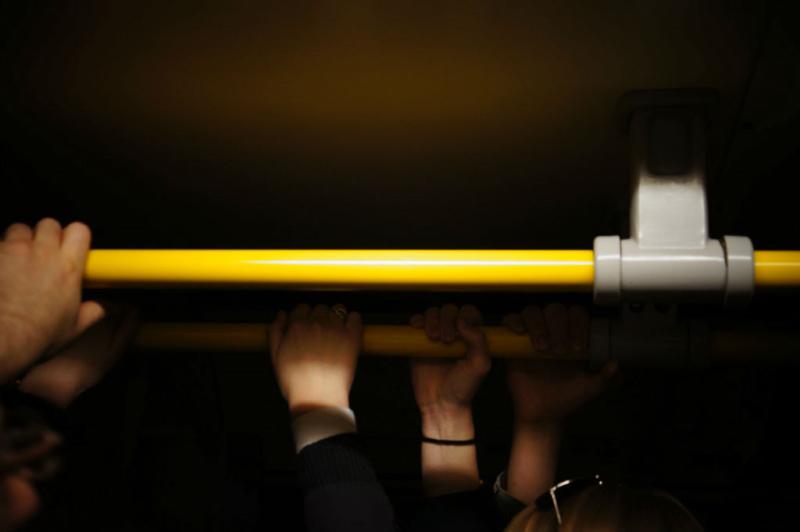
Honorable Mention: Miao Zhou, "Rush Hour"
